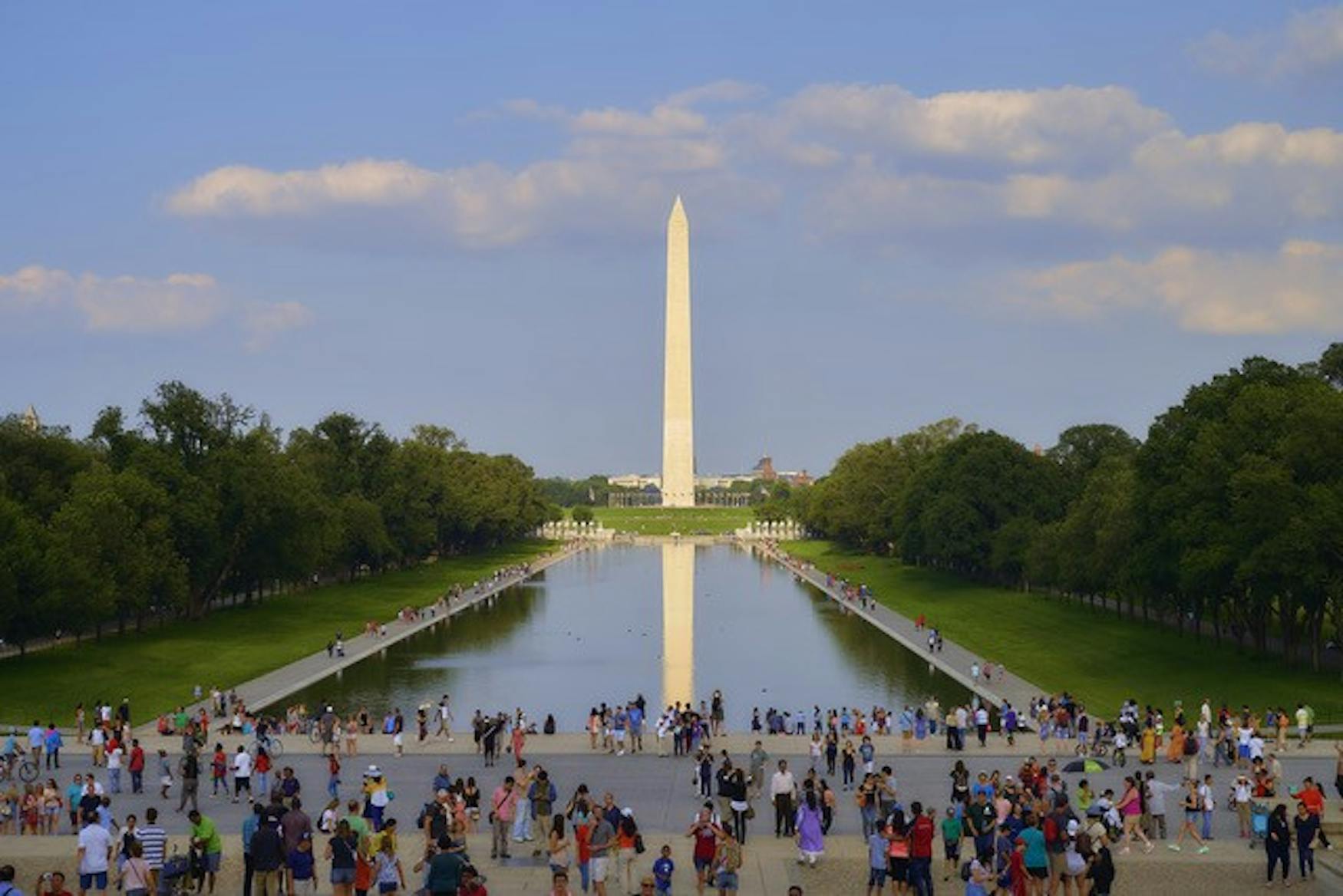D.C. should become the 51st state in the union
At the start of this congressional term, Sen. Tom Carper (D-De) introduced legislation S. 51, which would admit Washington, D.C. as the 51st state. A similar bill was first introduced in 2017 by D.C.’s delegate to Congress, Eleanor Holmes Norton, as well as in 2019. Making D.C. the 51st state should be a priority for the 117th Congress.
The fight for D.C. statehood has been long. The first congressional action on the subject came in 1888, though it would not be more seriously considered until 1921 when hearings were held on the subject for the first time. The bill would have required the United States to treat people who lived in D.C. as if they were citizens of a state, but would not make the district a state itself. The United States passed the 23rd Amendment to the Constitution in 1961, granting Washington, D.C. representation in the Electoral College — the same number as states who have one congressional representative and two senators (like Vermont).
In the 1980s, still without full representation, advocates started to push another constitutional amendment, this time granting Washington, D.C. the full status of statehood. This amendment failed when it fell short of 16 states of the total 38 needed for the amendment to pass. In 1993, the House took up a bill regarding D.C. statehood, the first and only time that has happened. It was defeated 277 to 183. On April 15, 2016, Washington, D.C. mayor Murial Bowser called for a district-wide referendum on the question of statehood. While this vote was not legally binding, it passed by a margin of 85.8%.
Admitting Washington, D.C. as the 51st state would make the Senate more equal. Today, half the nation's population is represented by just 18 senators, while 18% of the nation is represented by 52 senators (the 26 smallest states). Senate Democrats represent about 41.5 million more people than their Republican counterparts, even though representation in the chamber is split 50-50. An example is the difference between the least populated state, Wyoming, and the most populated state, California. California has 68 times the number of people as Wyoming, though those people in both states are represented by two senators each. D.C. has a bigger population — around 692,000 — than either of the states Wyoming or Vermont, and yet the population living in the nation's capital do not have any representation. While admitting Washington, D.C. will not change the existential issue of representation in the Senate, it will be one step closer to equality of representation in this country.
The results of the summer 2020 racial justice protests and the insurrection at the Capitol on Jan. 6 is another reason why statehood for D.C. is in order. Washington, D.C. has no control over the District of Columbia National Guard. During the protests over the summer, President Trump used the National Guard to clear out protesters in Lafayette Square in order to take a photo with a Bible at St. John’s Church. During the insurrection at the Capitol, the national guard was not activated for over three hours, despite calls from congresspeople and police officers protecting the Capitol to activate it. Only the federal government has power over the D.C. National Guard. Former President Trump’s failure to call in the National Guard was discussed at great length during his impeachment trial. Now, no one can say whether things would have been different if the D.C. National Guard was controlled by Mayor Bowser; however, it was clear from news reports and first-hand testimonies from the impeachment trial that parts of the federal government, and specifically President Trump, did not activate the Guard.
The National Guard is not the only area where the residents and mayor of Washington, D.C. have no power over their own affairs. Congress has control over the district’s budget, and unlike U.S. territories, Washington, D.C. residents are required to pay all federal taxes. In 2006, a United Nations Human Rights Council committee cited D.C.’s lack of statehood as the United States violating the International Covenant on Civil and Political Rights, a treaty the United States ratified in 1992.
Three presidents — Bill Clinton, Barack Obama and Joe Biden — have endorsed Washington, D.C. statehood. Clinton was the first president to add the famous “No Taxation without Representation” to his presidential limos’ license plates, as did Obama, Trump and President Biden. While many senators, congresspeople and three presidents have endorsed Washington, D.C. statehood, many Republicans have opposed it, and it is unclear whether anything will change, despite the Democratic majorities in both chambers of Congress.
Representation matters, and if the United States truly believes in “one person, one vote,” Congress should use the power granted to them in Article II of the Constitution to admit the 51st state into the Union.



Please note All comments are eligible for publication in The Justice.